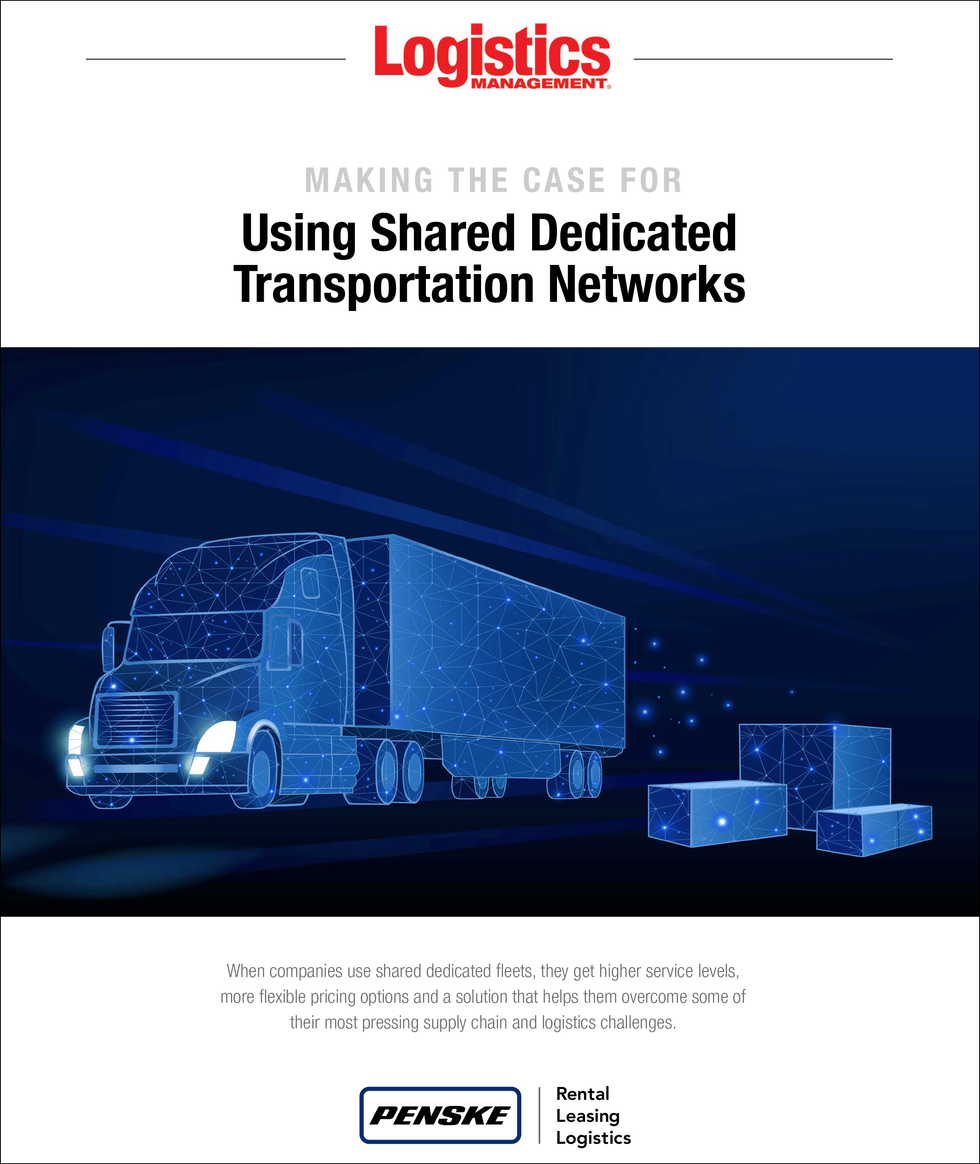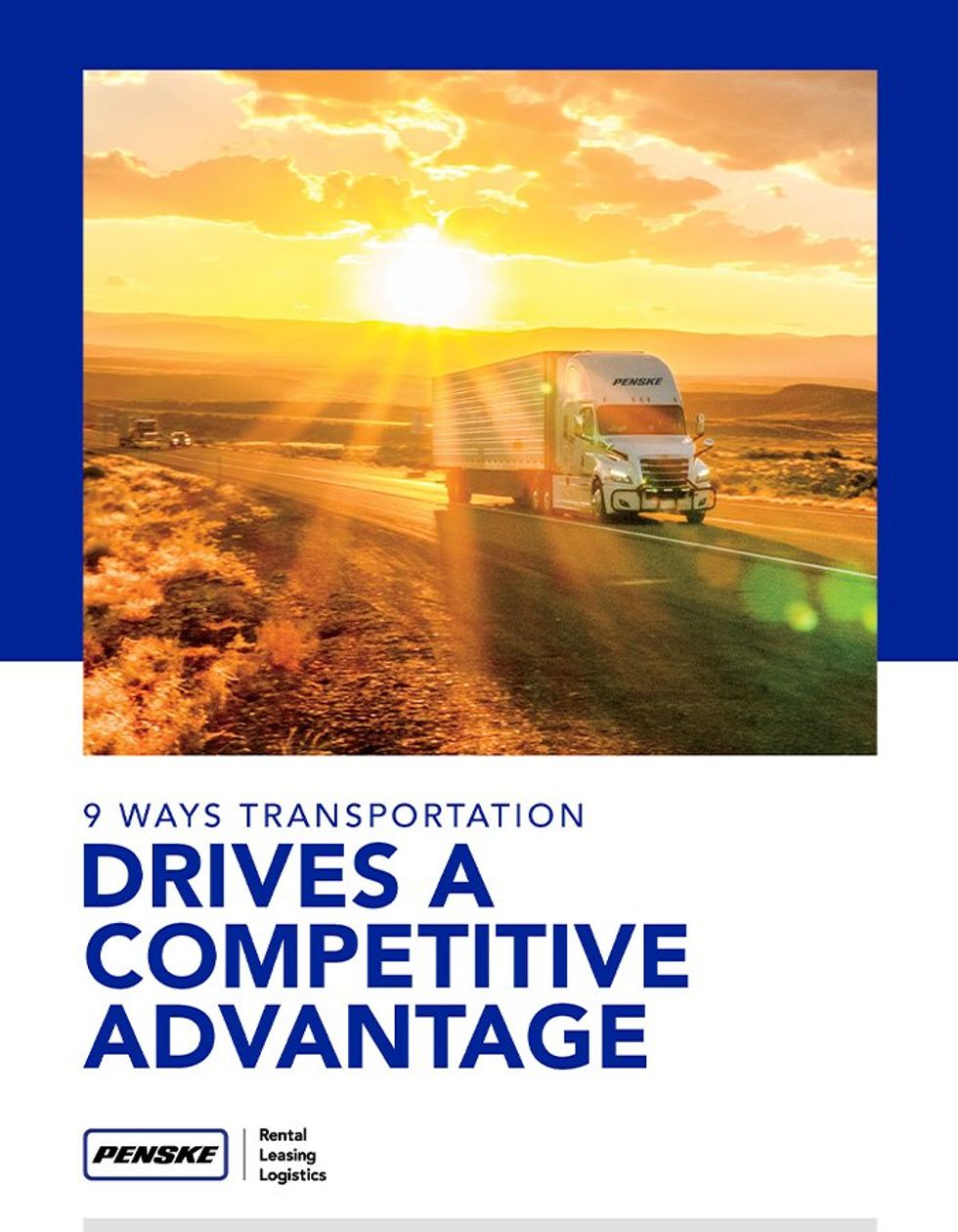Five Ways Logistics Providers Help Manage Fluctuating Capacity
Capacity fluctuations, whether planned or unplanned, are inevitable in logistics, and having the right strategies in place helps shippers maintain smooth operations no matter what happens. Logistics services and brokerages can help shippers ramp up and down as needed based on market demands, new opportunities and their overall operating environment.
Here are five ways logistics services can address capacity fluctuations:
1. Access to Capacity
Comprehensive transportation management services, dedicated carriage and freight brokerages can all give shippers access to available capacity, whether through for-hire carriers or dedicated contract carriage. Logistics providers can optimize dedicated and for-hire fleets to ensure capacity aligns with demand. Backhaul coordination, milk runs, cross-docking and load consolidation services ensure resources are used efficiently, reducing costs and improving overall capacity. Brokers offer flexible solutions by connecting shippers with carriers across diverse markets.
2. Network Optimization and Expanded Coverage
As a third-party logistics provider (3PL), Penske has specialized expertise that can help shippers optimize their network. Network design can increase efficiency, improve utilization and enhance agility, which is especially important as business needs change. When additional capacity is needed in certain areas, brokers expand shippers’ reach by connecting them with carriers capable of serving new lanes or underserved regions, ensuring seamless market entry and broader service coverage.
3. Data-Driven Decision Making
Technology plays a key role in managing fluctuating capacity. Logistics providers leverage artificial intelligence and machine learning for data-driven decisions on everything from routing to inventory levels. Plus data can enhance demand prediction, which can help shippers plan replenishment orders and transportation solutions. Brokers also provide real-time market intelligence, helping shippers optimize modes of transport, consolidate shipments and reduce empty miles for maximum efficiency.
4. Increased Visibility
Having a clear view of products in transit and available inventory keeps all supply chain stakeholders informed and helps shippers identify optimal deployment points, increase resilience and quickly adapt to disruptions. Increased visibility leads to more responsive and efficient operations, especially during unexpected changes in capacity. As part of its logistics services, Penske connects all parts of the supply chain through its ClearChain® Technology Suite, offering information in real-time. Brokers can also work with shippers and transportation providers to track freight and share data.
5. Scalability
Uncertain operating environments, shifting needs and unexpected disruptions can strain supply chains. Penske works with its clients to determine transportation and warehousing needs and to create scalable solutions as well as contingency plans for unplanned surges. Brokers are ideal for sourcing reliable capacity on short notice, ensuring fleets and shippers are able to meet sudden demands.
Explore other key factors shaping supply and demand.
To learn more about how logistics services can help meet shifting capacity demands, contact us today.


